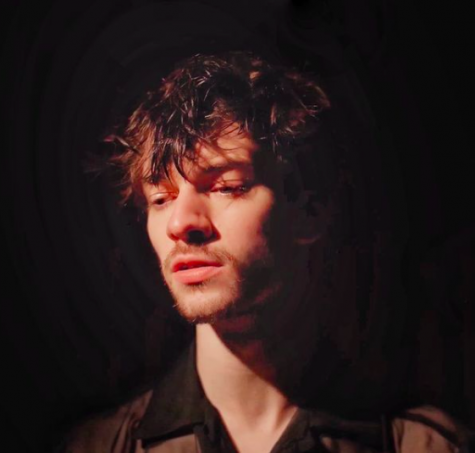Interview with Mr Brian Bissell
The following is an extract of an interview with Mr Brian Bissell, the headmaster of the Commonwealth-American School– the precursor to ISL– from 1966 to 1973, as well as the first Chairman of the SGIS.
Hearing Mr Bissell speak so passionately about the dynamic balloon races at the Spring Fair, students laughing while eating sandwiches at desks, or the fun of no-uniform day in the 1960s, it was impossible not to think of the colourful explosion of Wacky Week and International Day in 2022.
As much as our school has grown and adapted over the decades, it has held close to its heart a vibrant personality and an atmosphere where students can thrive. This story is one that appreciates 60 years of student life, spirit and the extraordinary community that is ISL today.
Mr Brian Bissell
It’s nice to meet you all and a great pleasure to be speaking to you in this very special year.
Let me take you a long way back in history. I joined the Commonwealth American School in 1966, and it was already 4 years old at that time. I found that the teaching side was so rewarding and it was the beginning of what that great school is today.
It was a very interesting period of time. And in actual fact we have a very harmonious school despite the many differences of background from which people were gradually coming.
The children thoroughly loved the atmosphere in which their own personalities could grow and thrive. When they got back to their home countries, they would have no doubt been ahead of contemporarie, very proud of where they had been, and very well educated in the course of it.
Very interesting Spring Fair: raising a little bit of money for the school as well but a very interesting social occasion with lots of games to be played, a balloon race so that we found out whose balloon went the furthest, waiting for the label to be responded to and a prize to be awarded. Those things were very rich for us.
We had a non-uniform day. Sometimes, it was related to characters in books and [what] those characters represented. Other times, children were free to choose whatever they wanted in non-uniform terms and enjoy the day that way.
Sharanya Trivedi
Could you give us a description of what a normal day at the school looked like?
BB
I think there are two ways in which I can reply to this. First of all, the one word answer is “rewarding” and “satisfying”. The second: the course of the day. They would arrive before nine o’clock, and by nine o’clock, the lessons would be underway. There would be a morning break at about [eleven o’clock]. Lunch time at 12:30 for which the school had no dining room at all and no catering facility. The children simply brought, as did the teachers, sandwiches for lunch, and sat at their desks to eat them, going out afterwards to play, and then to take the afternoon lessons.
There were generally five lessons in the mornings, separated by a mid-morning break, and up to four in the afternoon. Some of those [were] double so that an experiment, for example, could be carried out in a classroom– without laboratories at that stage, but the experiment [was] valid nevertheless. The double period made that absolutely possible.
Other times, there were separate periods of about half an hour each in duration, during which time the classes remained where they were and the teachers moved from one room to another to take up the next tasks that they had.
Mr Frazer Cairns
Brian, now I think the students have to go back to their lessons– is that correct? [unintelligible] Because our afternoon session starts at half past one, the students have only got four… five minutes before they get in trouble. I just wanted to thank you very much indeed for actually taking the time. Can I just ask as a final thought on the Commonwealth American School, when you think about it, what’s the thing that you are proudest of?
BB
The thing that I am most proud of is the way in which the school grew over the period of time I was with it– and not only grew in numbers but grew in stature and comprehensive achievement. Those children that went back to the UK and those pupils who went back to the USA were very full of what the school had given to them. I’m sure today there is very much the same thing at a different level. Students who moved on from [ISL] to go to university – and looking back at what the International School of Lausanne has given to them – are going to be grateful in their term.

I’m a year 13 student who loves chemistry and poetry! I love writing about STEM, and I’m looking forward to writing more opinion articles and current...



